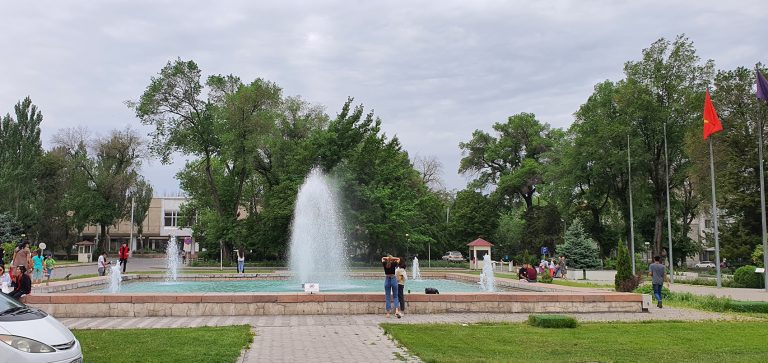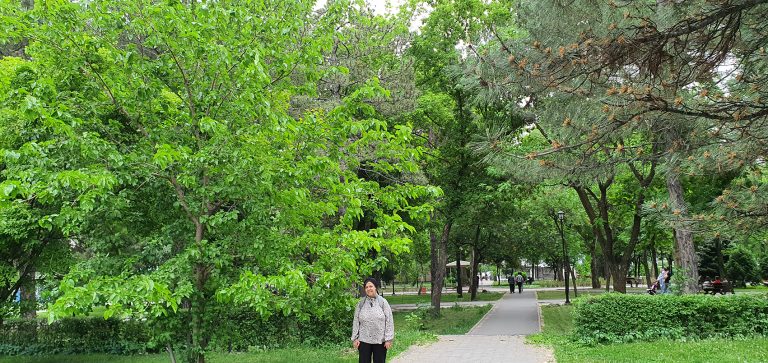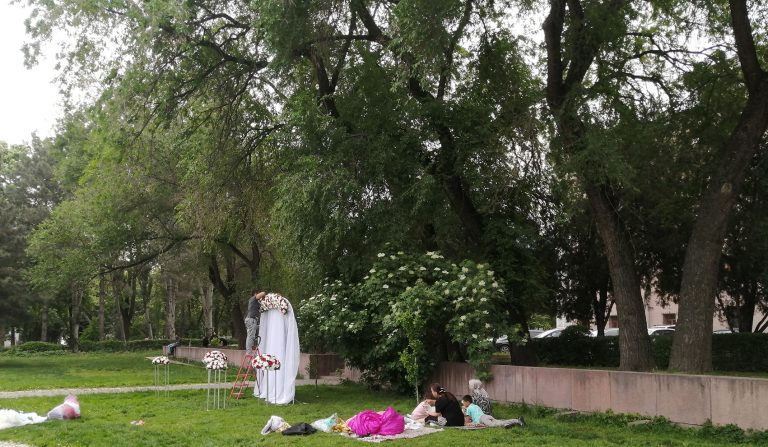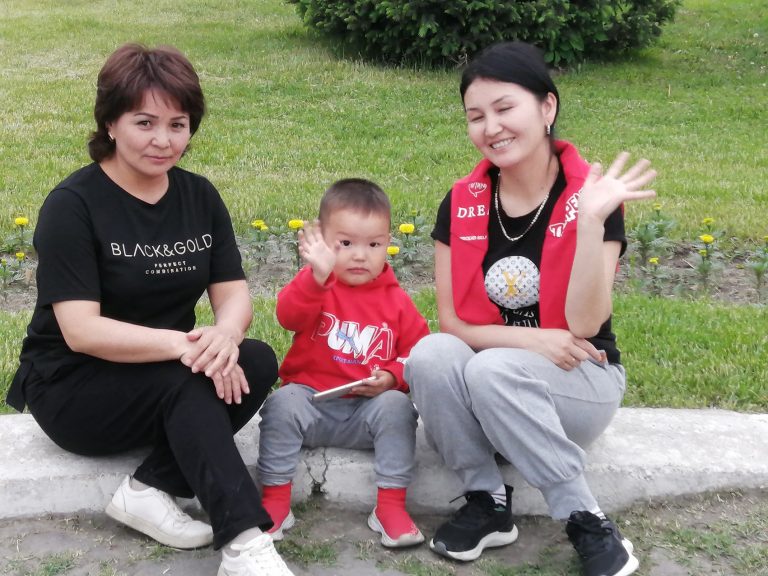
These parks are perfect places to spend a slow morning or a lazy afternoon in the spring breeze or summer sun. The numerous trees with their immense crowns in several parks have created favorable living conditions.
Habib Toumi
BISHKEK
Taking a stroll in Ala-Too Square, the cultural and political hotspot in Bishkek, the capital of Kyrgyzstan, my mind went back to a lecture delivered by Professor Hyunjoon Yoo from the College of Architecture and Urbanism, Hongik University, at the AsiaN 10th anniversary forum in Seoul.
The lecture in February focused on the polarization of space and reconstruction of offline space for a sustainable society.
In his speech, Professor Hyunjoon Yoo highlighted the way urban facilities, mainly parks, should be in large cities.
“The most important thing when reorganizing a space is a park where everyone can enjoy the increasingly precious nature,” he said.
“How the park is distributed is more important than its size. It is not that we do not have parks. In Seoul, the percentage of green space is in the high 30s. It is similar to Manhattan, but the problem is that our parks are large, but the accessibility is not good. Usually you have to go by car or subway.
 It is much better to make 10 parks of 1,000 pyong (35,000 square feet) than it is to make one park of 10,000 pyong (350,000 square feet), he added.
It is much better to make 10 parks of 1,000 pyong (35,000 square feet) than it is to make one park of 10,000 pyong (350,000 square feet), he added.
“The people who benefit the most from creating a park are those who live near the park. So, we need to create a park that can be reached within 10 minutes on foot. It would be much more efficient to make 100 libraries with 10,000 books than to make one library with 1 million books,” he said.
Professor Hyunjoon Yoo would be very pleased in Bishkek because it epitomizes the concept he promoted.
Bishkek is a green city, a garden city thanks to its many parks, stone sculptures, statues and fountains that are perfect places to spend a slow morning or a lazy afternoon in the spring breeze or summer sun. The numerous trees with their immense crowns in several parks have created favorable living conditions.
 Amid the splendor of more than 20 parks, Oak Park near Ala-Too Square and built in 1885 is an obvious favorite for cuddling teenagers, couples talking, families cycling, students chatting, children playing … Its open-air display of 90 sculptures, structures and statues, including of Lenin, Marx and Engels, is an outstanding feature. The sculptures appeared in 1984 as part of the open air museum at the Work and Peace symposium by sculptors from the Soviet Union.
Amid the splendor of more than 20 parks, Oak Park near Ala-Too Square and built in 1885 is an obvious favorite for cuddling teenagers, couples talking, families cycling, students chatting, children playing … Its open-air display of 90 sculptures, structures and statues, including of Lenin, Marx and Engels, is an outstanding feature. The sculptures appeared in 1984 as part of the open air museum at the Work and Peace symposium by sculptors from the Soviet Union.
However, Bishkek did not start as a series of parks that purified the air and ventilated the avenues as they do today.
According to ecologist Dmitry Vetoshkin, Bishkek was created on the territory of the steppes and semi-deserts where no conditions for a comfortable stay existed.
One evidence of that time reported: “… only a few scattered houses here and there, … and further behind them into the distant space stretched naked, barren dead steppe with hot sands and stones …”.
Vetoshkin said that in 1874, Alexei Mikhailovich Fetisov, a remarkable botanist from Russia, arrived in the city, and he organized the first forestry academy.
“His students laid the first large green areas, thanks to which we still have such green squares as Elm tree Grove, Oak Park and Youth Park,” he told Central Asian Bureau for Analytical Reporting (CABAR).
“Thanks to great efforts of scientists and the municipal service itself, the city was buried in verdure and worthily carried the status of a ‘garden-city’. The streets of the capital were considered as windows through which the whole city was ventilated.”
 At one time, green areas covered more than 60% of the entire capital and Bishkek was once considered a cool city with a constant stream of air from the mountains.
At one time, green areas covered more than 60% of the entire capital and Bishkek was once considered a cool city with a constant stream of air from the mountains.
In 2021, a new park appeared in the southern part of Bishkek and in a remarkable act of recognition and gratitude, it was named after Adinai Myrzabekova, a university medical student who died in July 2020 during the peak of the coronavirus infection while working as a volunteer in one of the hospitals in Bishkek. The naming is in memory of medics and volunteers who have made invaluable contributions to the fight against the coronavirus pandemic.
Parks dense with trees and beds of vivid red poppies and purple bellflowers were a usual sight, even though the increasing number of cars and buildings represent a real threat.
In 2018, Ryspek Kokoyev, the chief of the office for city design reportedly said the draft plan of the city of Bishkek proposed the expansion of the green space by 108 hectares.
Will Bishkek, the capital, heart and soul of Kyrgyzstan, withstand the onslaught of modernism, climate change and urban expansion and protect its verdant parks? Will the city succeed in confronting the arduous challenge whether it is developing for its people or for vehicles?
____________________
Habib Toumi is a Bahrain-based senior journalist and editor at AsiaN (English)
Courtesy: The AsiaN